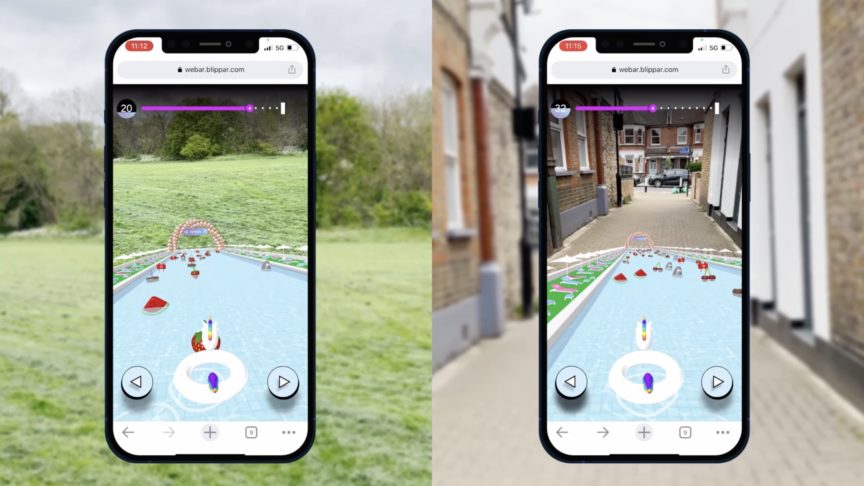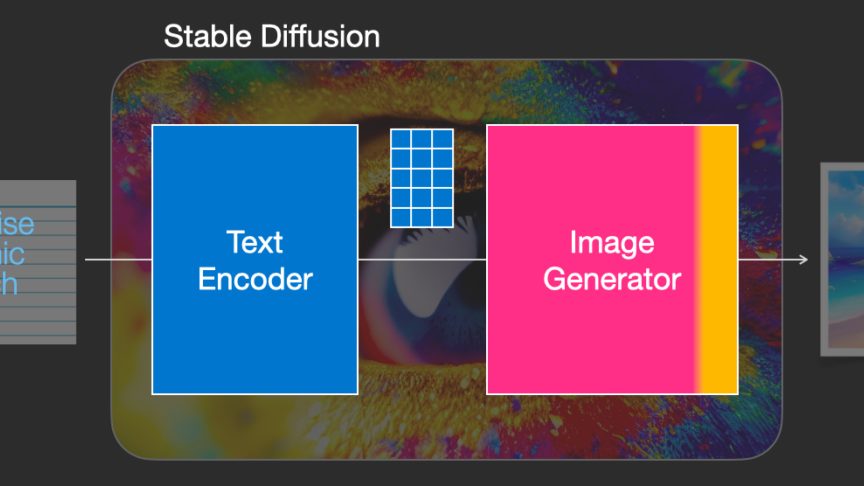What's the Difference Between Virtual Reality and Augmented Reality?
May 12, 2016
What's the Difference Between Virtual Reality and Augmented Reality?
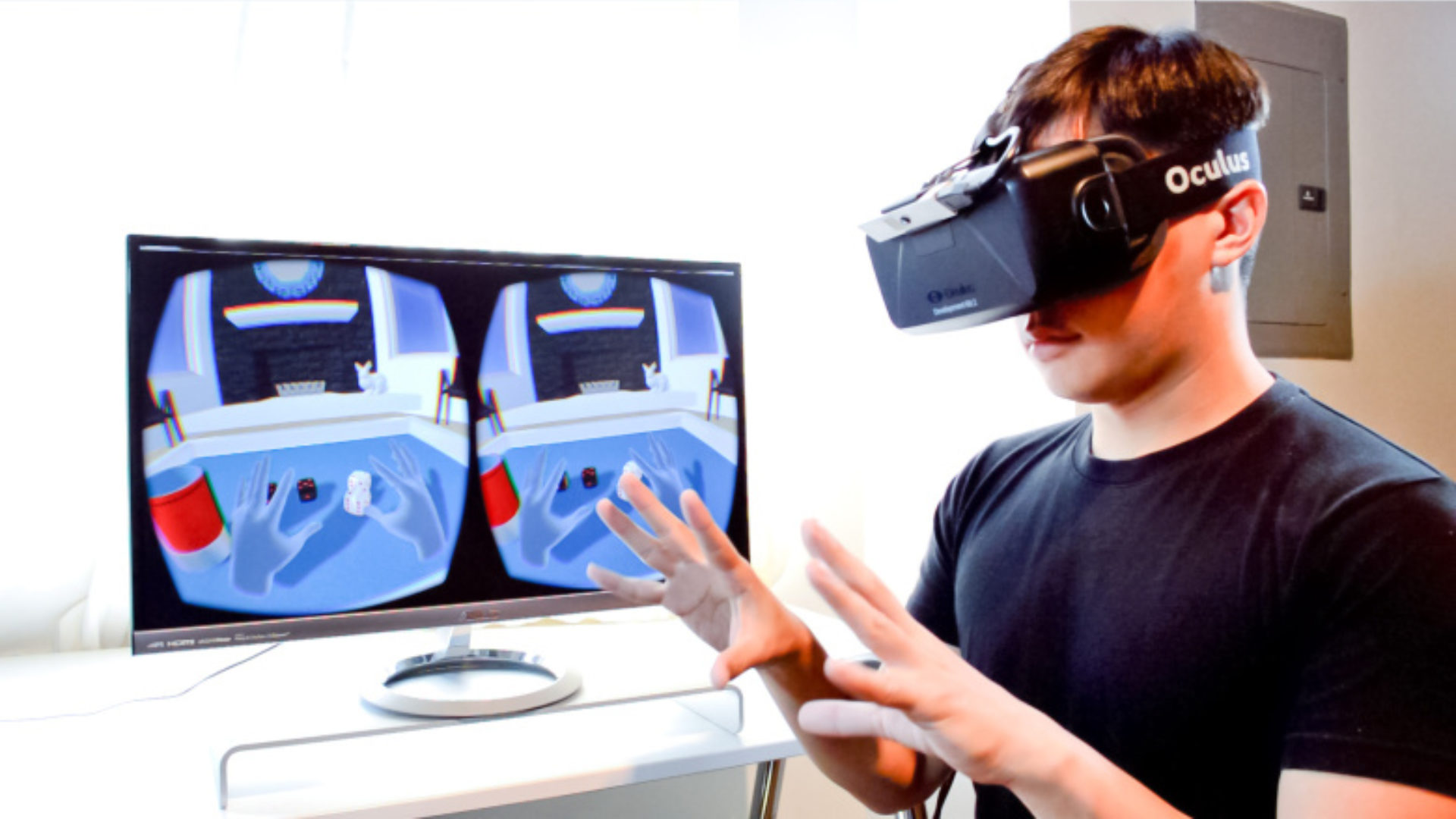
With all the buzz these days around things like Oculus and HoloLens, one of the most common questions we hear people asking is about the difference between virtual reality (VR) and augmented reality (AR).
It's actually quite simple to get to the heart of the difference if we just look at the definitions of the key words themselves.
virtual – something that doesn't physically exist, but is made to appear so
augmented – something that has been made greater by adding to it
In software and technology, VR immerses you in a virtual representation of an environment, while AR adds digital layers to the real world around you. You could be sitting at home and be transported to Venice with a VR headset, or see how a piece of furniture might fit into your living room through AR.
VR immerses you in a virtual representation of an environment, while AR adds digital layers to the real world around you.
Take, for example, the popular video game Minecraft. Aside from traditional gaming experiences, you can strap on a VR headset for a fully immersive experience, or you can use an AR headset like HoloLens for an experience that merges the Minecraft world with the real world around you.

Minecraft as a VR experience (left) and as an AR experience (right).
You've actually experienced more AR than you may realize. If you've ever seen the "offsides line" that appears during a soccer match, or the yellow "first down line" that is a staple of NFL broadcasts – guess what? You've experienced augmented reality.
These graphics are layered over live footage of the match to create a blended physical/digital view that adds to (or augments) the visual experience for fans.
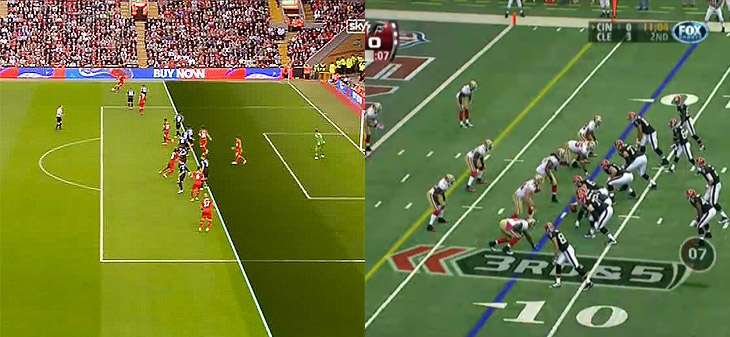
Soccer's offside line and the NFL's first-down line.
Virtual reality, on the other hand, aims to fully immerse you into a digital environment. The latest VR headsets like Oculus place you in environments where you can look around in any direction, and do a surprisingly good job of convincing your brain that you're in another place.
Blippar's R&D team has experimented recently with VR, creating an educational experience called Cardio VR. It's a kid-friendly app that lets you play as a virtual doctor helping to diagnose and remedy what ails your patients.
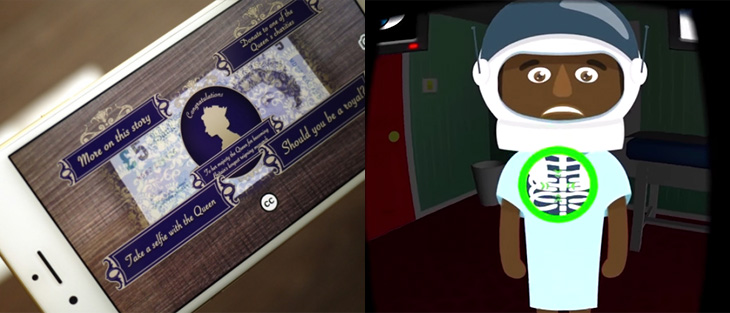
A £5 note blipped in AR using the Blippar app (left) and the virtual doctor view in Cardio VR (right).
Blippar is, at its heart, an augmented reality company. We build amazing AR experiences ("blipps") that layer digital content onto real, physical items. We also enable others to easily create their own blipps through our self-service tools.
Using the Blippar app, people can scan ("blipp") any object or image around them to unlock relevant digital content. When viewing the items through their smartphone, the added digital content is displayed using AR, which provides a connected, interactive digital experience with a physical object.

An augmented reality blipp by Pepsi, unlocked by scanning the bottles with the Blippar app.
Both virtual and augmented reality have their benefits, and they can certainly coexist as sibling technologies. Despite the attention VR has been receiving lately, it's actually AR which is projected to bring in more revenue in the coming years. Market research suggests the mobile AR market will be worth around $80 billion by 2022, and that AR as a whole will outpace VR by $90 billion by 2020.
We'll keep an eye on VR, but here at Blippar we're focusing on pushing the envelope of augmented reality, as well as artificial intelligence, computer vision and machine learning. We'll also delve into mixed reality (a blending of AR and VR) later in another post, so keep an eye on the blog.
If you're interested in learning more, get in touch with us!
